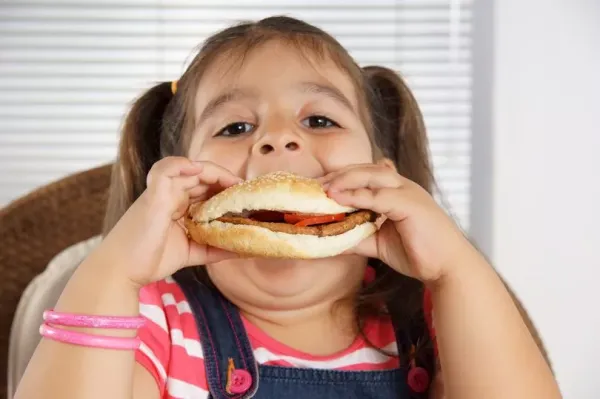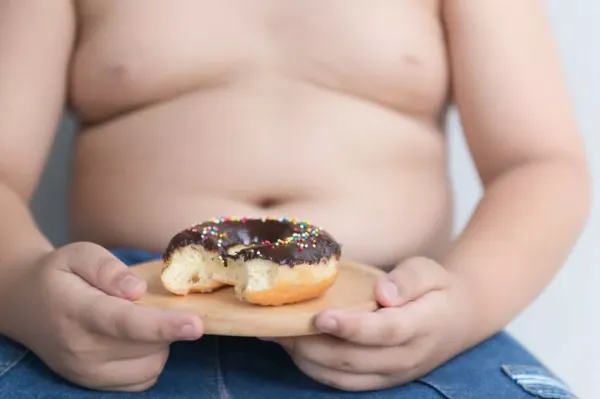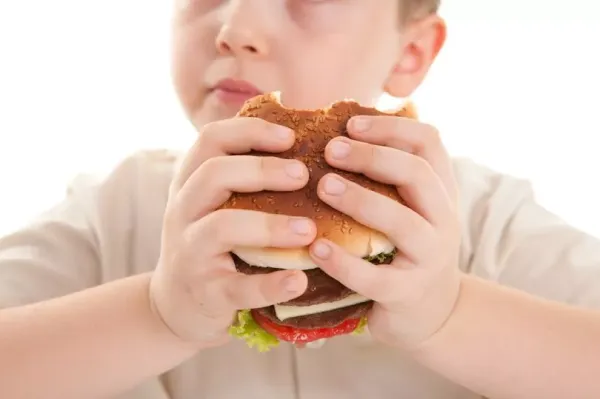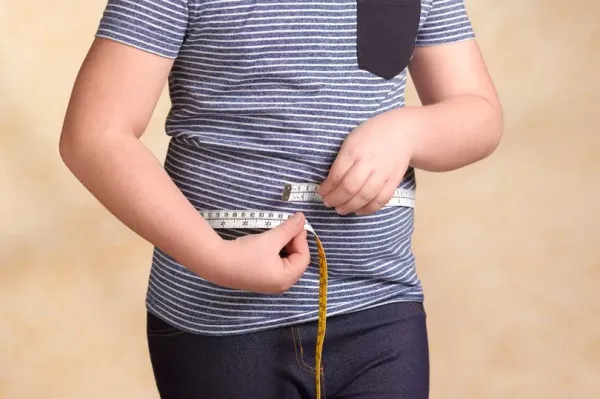More than one in ten children are now starting primary school already obese.
Apart from the peak during the first year of the pandemic this is the highest obesity rate since records began. Data from the National Child Measurement Programme showed 13% of children in Reception, when youngsters are aged four and five, are also overweight, meaning almost one in four kids in this age group are overweight or obese.
NHS England branded the figures “extremely concerning” and warned of a “devastating impact on children’s health”. Some 1.1 million children were measured at state-maintained schools as part of the data collection.
- Soups will be thicker and richer if you add 1 ingredient loved by chefs
- Jailers tried to save killer who murdered daughter - then boss told them to stop

Professor Simon Kenny, NHS England’s Clinical Director for Children and Young People, said: “These figures are extremely concerning. Obesity can have a devastating impact on children’s health, increasing their risk of type 2 diabetes, cancer, mental health issues, and many other illnesses, which can sadly lead to shorter and unhappier lives.
“The NHS is transforming the lives of thousands of children and families impacted by severe weight issues through its specialist clinics, supporting them to lose weight, live healthier lives and improve their mental health through a personalised package of support.
“However prevention is key and continued joined-up action by industry and wider society is essential if we want to improve the health of our younger generations.”

The measurement programme showed 10.5% of children in Reception and more than a fifth in Year 6 (the last year of primary school) were obese in 2024/25, with boys more likely to be overweight than girls.

Excluding the peak during the first year of the pandemic, this is the highest obesity prevalence seen in Reception year since records began in 2006/07, and is higher than the 9.6% in 2023/24.
For children in Year 6, obesity prevalence at 22.2% was similar to last year, when it was 22.1%. Some 13.9% were overweight in Year 6, meaning more than one in three children in this age group - age 10 and 11 - are overweight or obese. Some 75.4% in Reception and 62.2% in Year 6 were a healthy weight.
When it came to analysing severe obesity from the overall obesity figures, 2.7% of girls and 3.1% of boys in Reception were severely obese. This means 2.9% of all children were severely obese, up on 2.6% the previous year.

By Year 6 some 4.5% of girls and 6.6% of boys were severely obese, meaning 5.6% of all children were. This is similar to the 5.5% the previous year.
It comes after the current government restricted junk food and drink advertising on TV before 9pm and online. It says this is expected to remove up to 7.2 billion calories per year from children’s diets.
Health Secretary Wes Streeting said: “This government will not look away as kids get unhealthier and critics urge us to leave them behind. Obesity robs children of the best possible start in life, sets them up for a lifetime of health problems, and costs the NHS billions.
“Today’s figures show the extent of the problem and the need to act now, which is exactly what we’re doing – in schools, on sports pitches, and online – to make healthy choices the easy choices, support families, and turn the tide on childhood obesity. This is prevention, not punishment, and will help families and children across the country.”
Promotions such as “buy one get one free” and “3 for 2” on less healthy foods have been restricted. This summer the government also introduced new guidelines requiring baby food manufacturers to reduce sugar and salt levels and improve labelling.
Obesity prevalence continues to be more than double in the poorest areas compared to the wealthiest for both Reception children (at 14% compared to 6.9%) and Year 6 (29.3% compared to 13.5%).
Contact to : xlf550402@gmail.com
Copyright © boyuanhulian 2020 - 2023. All Right Reserved.